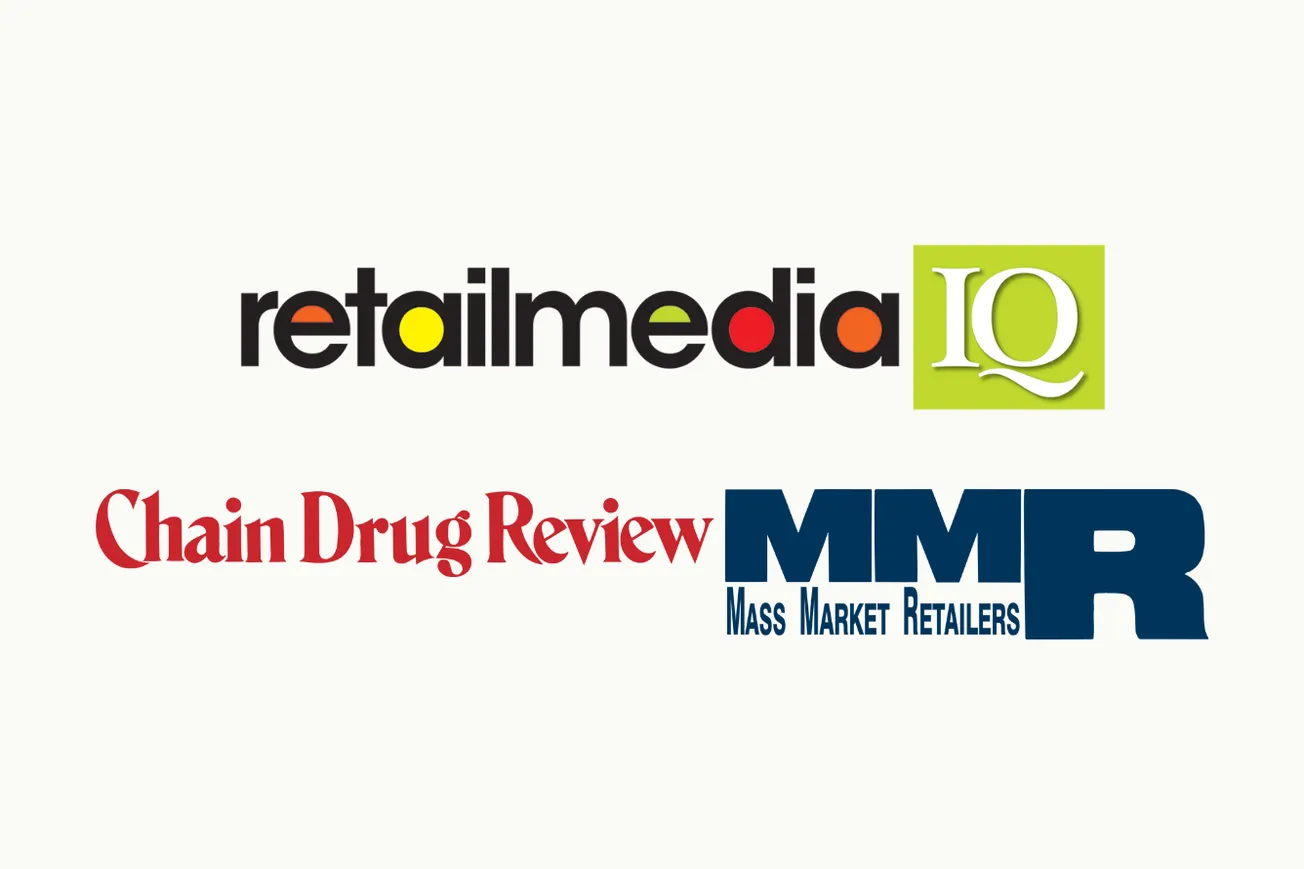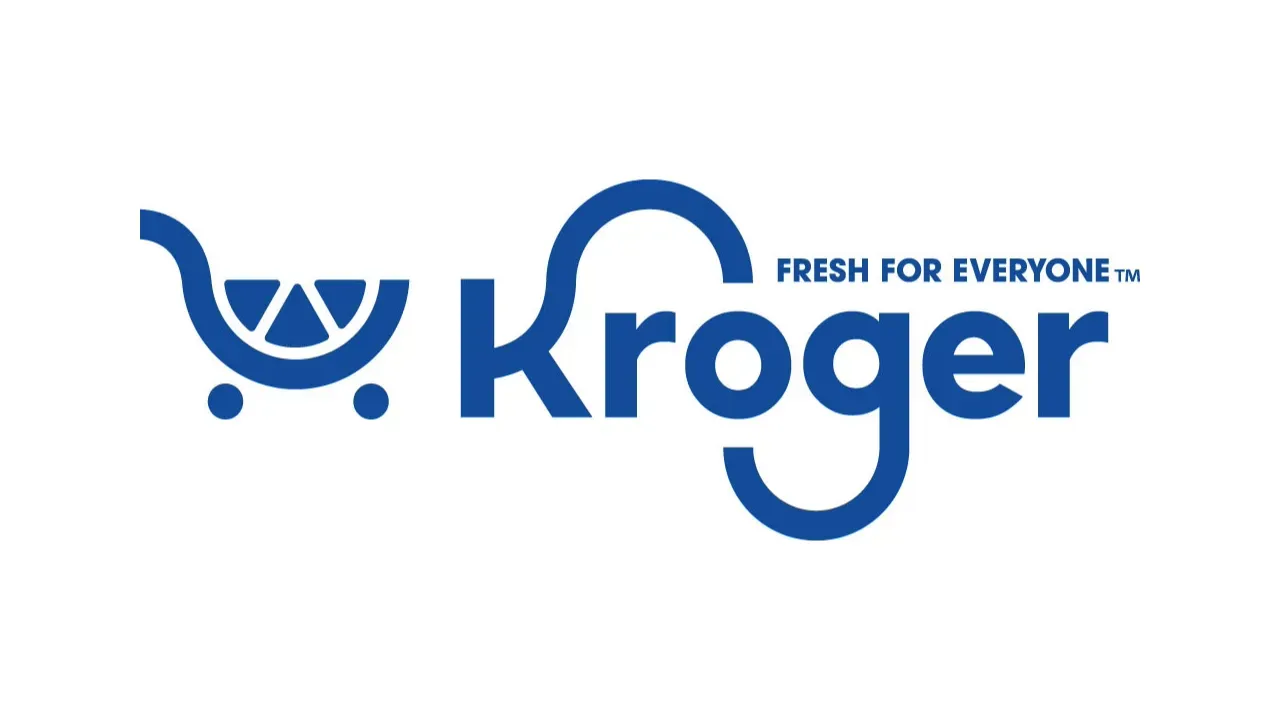Sometimes you can gain thought-provoking insight by flipping a topic upside down. Looking at it from a different perspective. Turning it inside out. I’ve recently been thinking about retail grocery loyalty programs this way.
 There are many ways to reward shoppers for their loyalty. Some retailers use a card for discounts on products in their stores, while others offer cents-off gas discounts in exchange for loyalty points. These are tried-and-true methods designed specifically to have customers first demonstrate their loyalty to their retail chain then be rewarded by that chain. But what if these rewards programs showed the retailer’s loyalty to their customers instead?
There are many ways to reward shoppers for their loyalty. Some retailers use a card for discounts on products in their stores, while others offer cents-off gas discounts in exchange for loyalty points. These are tried-and-true methods designed specifically to have customers first demonstrate their loyalty to their retail chain then be rewarded by that chain. But what if these rewards programs showed the retailer’s loyalty to their customers instead?
Most retail loyalty programs are based on cash back or discount rewards. Shop at our stores and earn discounts off future grocery or gasoline purchases. Every shopper likes to pay less, so these rewards are popular, and many households need them to help make ends meet. But do these rewards pull at the heartstrings of all customers? Do they show the retailer’s understanding of what’s really important to its best customers? Do they really demonstrate the retailer’s loyalty to the shopper?
Giving a hundred dollars in cash as an anniversary gift might be quick and efficient but it could certainly be less well received than a less expensive but thoughtful present that shows you understand and appreciate what’s important to your partner (speaking purely hypothetically here, not from personal experience). Likewise, offering rewards with little or no connection to the desired relationship outcome between the retailer and the consumer, whether that is sending shoppers away from the store to collect benefits or requiring drastically altered buying behavior, does not result in improved loyalty.
The changing retail environment requires changing strategies
Today’s consumers clearly have more purchasing alternatives than ever before. But these options tend to be larger, less personal options like Walmart, Amazon, Walgreens, Instacart and DoorDash. Local retailers are uniquely positioned to understand their customers’ aspirations and relate to them on a more personal level. Forging that bond and growing that connection establishes the loyalty of the retailer to its customers.
One regional grocery retailer that has taken this leap is Price Chopper/Market 32, a chain of 130 stores based in Schenectady, N.Y. Community is a founding pillar of this chain, so when it expanded its rewards program the team made sure to include rewards options that demonstrate the business’ loyalty to its customers and the communities it serves.
While preserving the food and fuel discount options that have been offered for years, Price Chopper introduced new reward categories that include donations to local schools and charities important to its communities. But one new reward type was unique and had never before been offered by a retail chain — and it tied directly to a social issue impacting millions of Americans.
Taking on the student debt crisis through shopping
With the recent announcement by the Biden administration that the government will forgive up to $20,000 of student debt per borrower, most of us are keenly aware of the student loan crisis in the U.S. Today some 43 million Americans owe more than $1.6 trillion in student debt. It is the second-largest category of consumer debt in the country, behind only home mortgages and ranking above credit cards and auto loans. On average, each debtor owes more than $30,000. While the federal government placed a moratorium on student loan repayment during the pandemic, the pause will end on December 31, 2022, and monthly payments will resume for tens of millions of Americans. Even after the loan forgiveness, there will still be in excess of 1 trillion dollars of outstanding student loan debt in the U.S.
Needless to say, this debt burden causes many Price Chopper customers and their loved ones a lot of stress. Price Chopper saw it as an opportunity to demonstrate to its customers that it understands them and is available to help. In the latest enhancement to its AdvantEdge Rewards program, shoppers can now redeem their loyalty points to pay down their student loans. And their loved ones can help by using their points to pay down the loans of family and friends.
But Price Chopper didn’t stop there. They know that not all of their customers have student loans to pay down, and they needed compelling rewards that would appeal to all of their customer segments, not just one cohort. So they developed a series of rewards, each intended to evoke emotion as well as build long-term loyalty. For families with school-age children, their Price Chopper points can be used to raise funds for supplies at their chosen school. For customers looking to broaden their charitable donations, there are nonprofits where points can be put to work. Points can also be used to enter sweepstakes for a variety of unique prizes designed to stir emotion and long-term goodwill. Two recent sweepstakes prizes included the grocery industry’s first-ever NFT and a behind-the-scenes tour of a local brewery. Personalizing the reward offering and giving customers choice demonstrates the retailer’s understanding and commitment to their customers.
Another way retailers show they understand their customers is by making it easy for the customer to interact with them. Give them not only choice of rewards, but also choice as to how they will earn and spend those loyalty points. The interaction needs to be seamless between the store, the app, and the mobile and desktop sites. Anywhere, anytime, always on. Anything else shows a disconnect or lack of concern for the customer’s needs.
The approach is working. In a presentation Price Chopper made at a Loyalty360 conference, the retailer reported that consumer perception of its rewards program is at an all-time high while sales from participants in its new rewards offering are up well over a control group.
Love your customers the way you want them to love you
All of the alternative loyalty offers create a continuous cycle. The retailer demonstrates its loyalty to its customers and the customers reciprocate by showing their loyalty by shopping more at that retailer. Cash may be king, but showing you care goes a long way in business and in life. Successfully adapting to new consumer shopping dynamics requires loyalty marketers to determine what kinds of rewards customers are going to be most receptive to and use those incentives to grow wallet share.
Dan Dmochowski is president for North America at tcc global, an international marketing company specializing in creating loyalty platforms and campaigns that change the way shoppers think, act and feel. He can be reached at dan.dmochowski@tccglobal.com.





